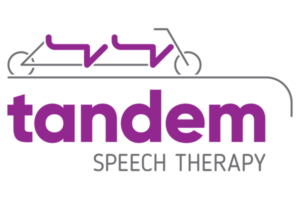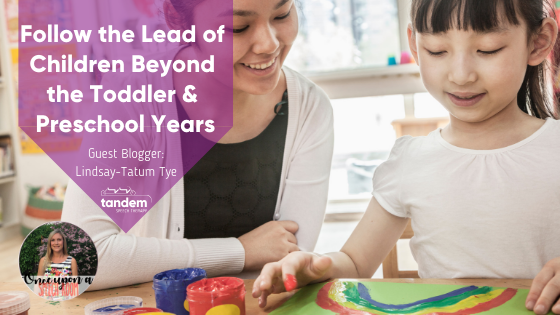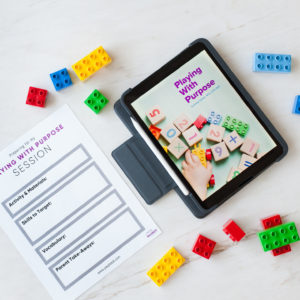Following a child’s lead is a common strategy used by many who work with young children. It requires adults to observe, wait and listen in order to gain insight into the interests of their child. It encourages the adult to allow the child to take the lead, which creates more meaningful and relevant learning opportunities for the child, and an environment where the child is naturally and intrinsically motivated to communicate. While following a child’s lead is often used with young children, the principles of this strategy remain relevant for all children and can extend beyond this age group. This strategy can be easily used with our older children with speech and language delays to create environments optimal for learning.
Children learn best when they are actively involved, motivated, socially engaged and participating in a meaningful activity. So, it is clear that using follow the lead with our older speech and language students could be beneficial to everyone involved. It is easy to forget this strategy when working with older children, as we are often dealing with large caseloads, are constrained by time, and feel pressure to meet goals, however, taking some time to follow the lead gives us so many great things. Using this strategy gives us an opportunity to see what motivates our students, what their interests are, and identify the type of learners that our children are. It can help us develop an effective treatment plan which can promote increased engagement, attention and focus. We are also able to create a positive and joyful therapy experience for our students.
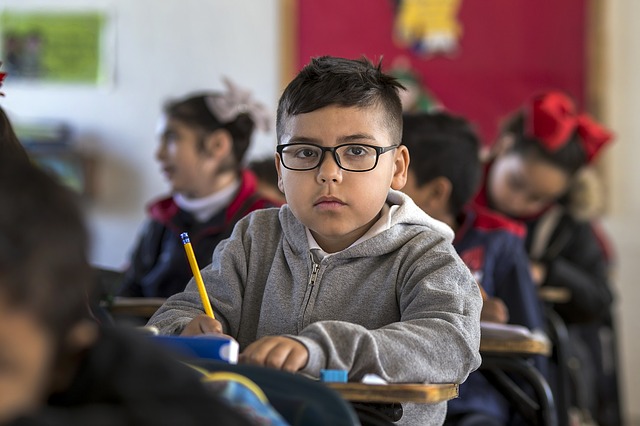
It is important to remember that following a child’s lead does not mean that our students are in charge, but rather it means that we facilitate an environment that makes learning more relevant, fun and meaningful. It means that we facilitate an environment where the child is intrinsically motivated and driven to learn. It is a principle that requires flexibility and quick thinking at times, but this improves with practice. Sometimes you may need to throw your plan out the window and use pieces of the plan that are working in a different way. An unplanned way. The child’s way. There are many teachable moments that come from these times.
How can we follow the lead of our older students?
- Get to know them. Find out what they like and incorporate it into therapy.
- Provide your students with a few activities to choose from during therapy.
- Loosely plan your therapy with an open-ended activity, goals that you wish to target, and a list of target words. Introduce the activity, follow the lead of the child and see where it leads.
Some suggestions for open-ended activities:
- Using wordless picture books
- Creating comic strips or stories
- Creating menus for a restaurant
- Creating and recording short commercials
- Creating and recording a short newscast
- Using photos cut out from your local newspaper to discuss what’s going on
- Using sports cards or Pokemon cards
When following the lead of our older student, focus on what’s working and run with it. The best feeling ever is when you see the progress that results from using a child’s motivation to target their needs. Beautiful things grow from that place.
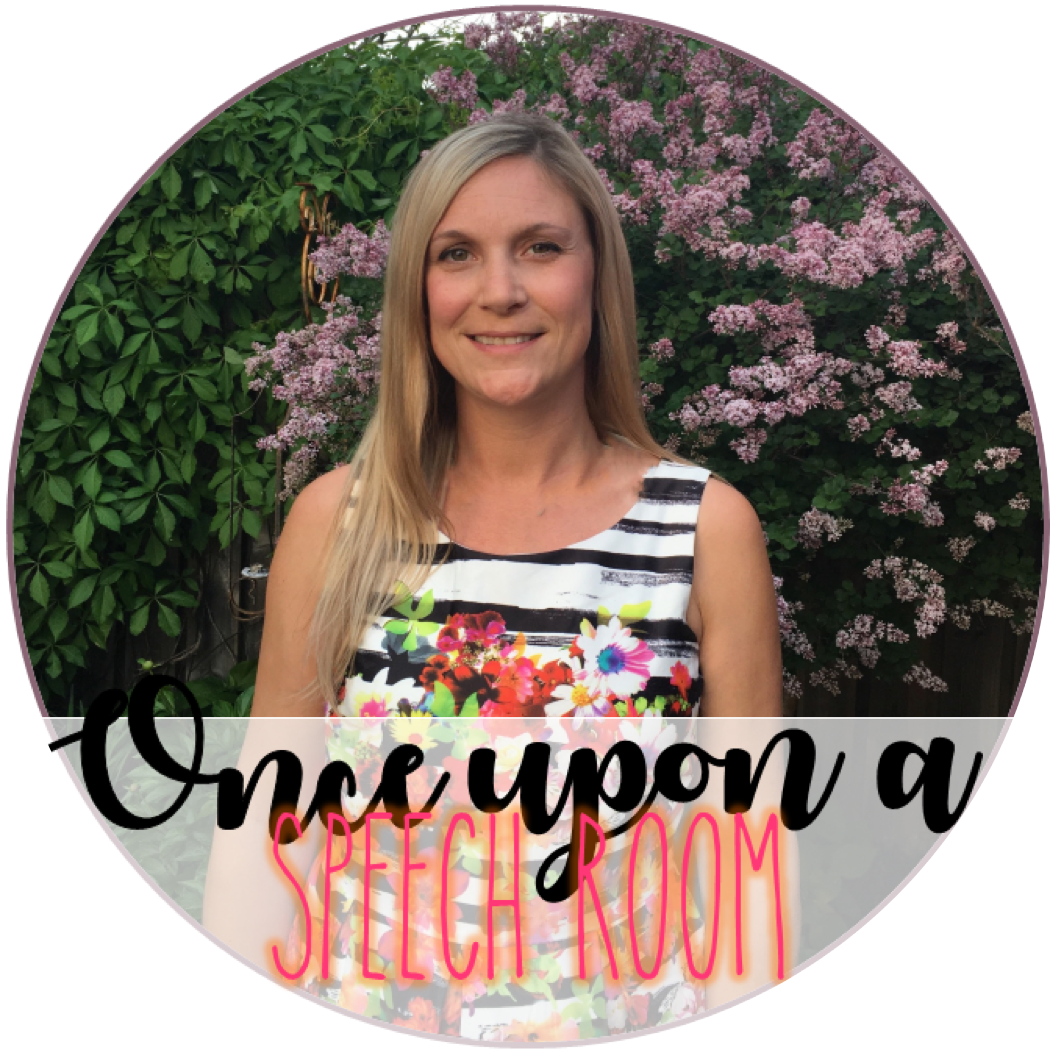
Lindsay-Tatum Tye, MS-SLP, CCC-SLP, Reg. CASLPO works for a small private practice in Ontario, Canada, where she specializes in assessment and treatment of speech and language delays in toddlers and preschool children. Lindsay-Tatum also works as a school-based SLP in the areas of articulation, phonology, motor speech and fluency. She is a Hanen trained speech-language pathologist and is also certified by ASHA. Lindsay-Tatum has worked in both Canada and the US. She has always enjoyed creating speech and language resources, which led to her Teachers Pay Teachers store Once Upon a Speech Room.
Want support following your child's lead in Austin, TX?
Start Playing With Purpose
Learn how to purposefully and intentionally interact with your child during play and help them increase opportunities for speech and language development with our Playing with Purpose book!
